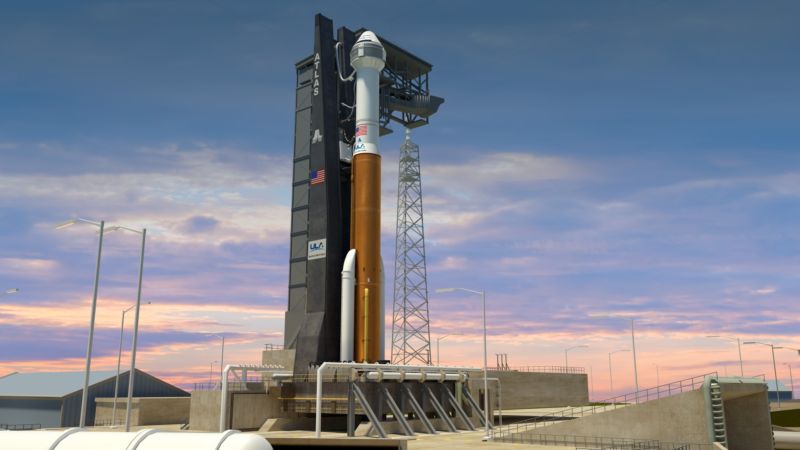

reader comments
196 with 104 posters participating
Last week, NASA’s inspector general issued a report critical of NASA’s extra payments worth $287 million to Boeing for operational flights of its Starliner spacecraft. “In our judgment, the additional compensation was unnecessary,” the agency’s inspector general, Paul Martin, wrote in his report.
For the first time, the report also published an estimate of seat prices that NASA will pay Boeing for crewed Starliner missions to the International Space Station alongside prices the organization will pay for SpaceX’s Dragon vehicle: $90 million for Starliner and $55 million for Dragon. Each capsule is expected to carry four astronauts to the space station during a nominal mission.
This report has evidently not sat well with Boeing, which on Monday fired off a lengthy statement in reply to the inspector general’s report.
“Strongly disagree”
“We strongly disagree with the report’s conclusions about CST-100 Starliner pricing and readiness, and we owe it to the space community and the American public to share the facts the Inspector General missed,” Jim Chilton, vice president and general manager of Boeing Space and Launch, stated in a release posted on Boeing’s website.
Boeing’s response takes issue with several parts of NASA’s report. But the company appears especially exercised about the claim that NASA overpaid Boeing for seats on the third through sixth Starliner missions, payment over and above what was originally agreed upon as part of the company’s fixed price contract with the space agency.
“Through fair and open negotiations with NASA in a competitive environment, we offered single-mission pricing for post-certification missions 3-6, thus enabling additional flexibility and schedule resiliency to enhance future mission readiness,” the Boeing statement reads.
In his IG report, Martin characterized these negotiations as “prolonged,” and he said Boeing kept pressing NASA even after the agency initially declined to pay extra funds. And far from being “fair and open,” Martin noted that in paying Boeing what the inspector found to be unnecessary costs, NASA denied the same opportunity to the other company in the commercial crew program. “SpaceX was not provided an opportunity to propose a solution even though the company previously offered shorter production lead times than Boeing,” the NASA report states.
“Actual experience”
In its response, Boeing said its per-seat price was not $90 million, although the company declined to say what its actual price is or provide any documentation to support this claim. “For proprietary, competitive reasons Boeing does not disclose specific pricing information, but we are confident our average seat pricing to NASA is below the figure cited,” the company’s statement reads.
As part of its defense, Boeing also took a curious shot at its competitor, SpaceX. “Starliner flies on the most reliable lifter in the business, an Atlas V modified for human spaceflight safety by people with actual experience in the domain,” the company stated.
It is not clear what “actual experience in the domain” refers to. A request from Ars for clarification was not immediately returned by Boeing.
However, it is not like United Launch Alliance or Boeing has legions of employees on its roster who have experience modifying a rocket for human launch. Such an activity was last done in the United States in the early 1960s, when the Martin Marietta Corporation modified the Titan II intercontinental ballistic missile for use in NASA’s Gemini program.


